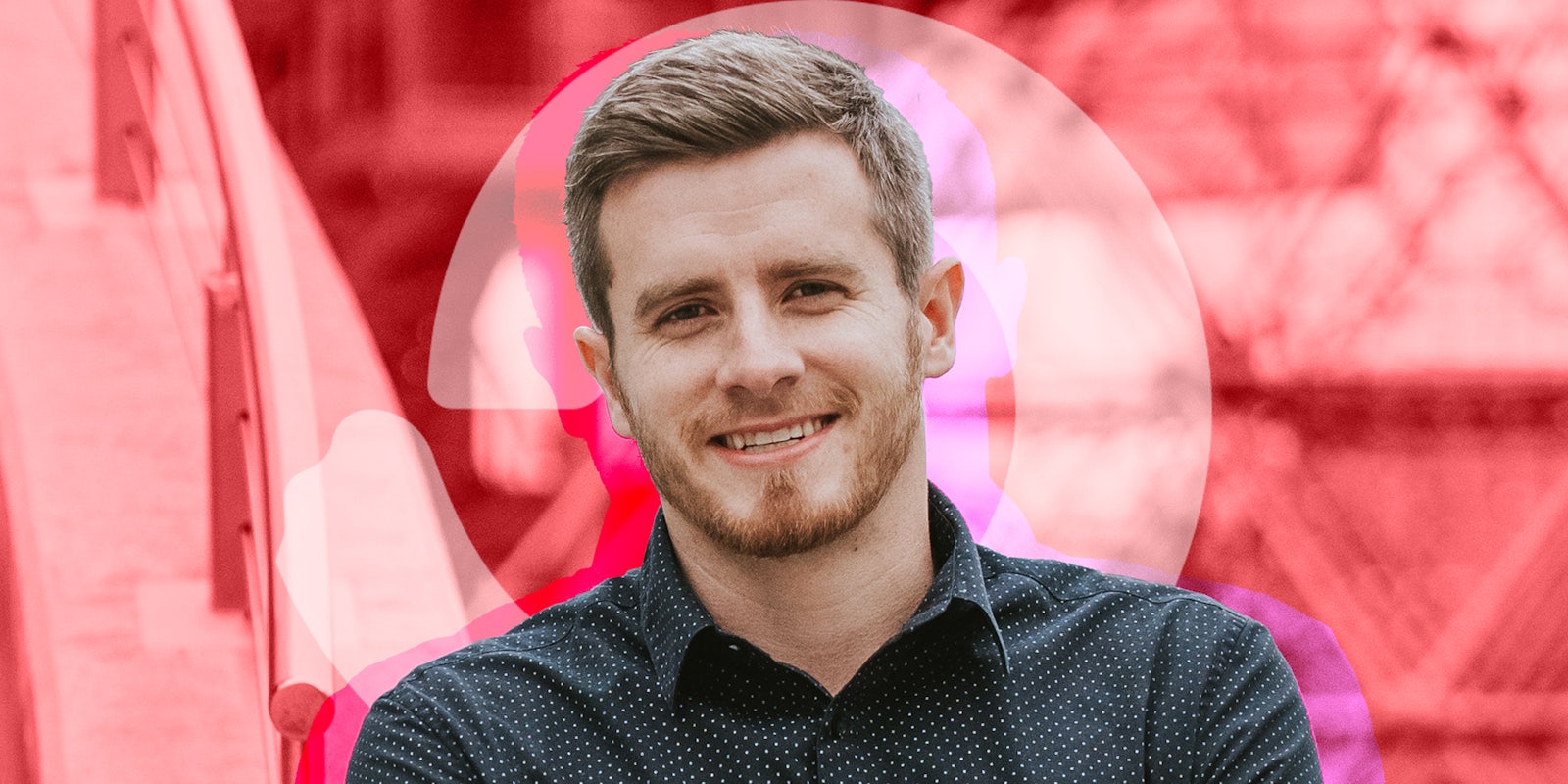
This story was originally published on Passionfruit.
We’re sitting down with leaders on the business side of the creator economy to get their best advice for creators looking to launch and develop their careers. This week, we spoke with Nathan Barry, the founder and CEO of ConvertKit.
ConvertKit is an email marketing platform tailored to the creator experience. The platform includes tools for email design; newsletter writing; landing pages and sign-up forms; audience segmentation; automated email funnels; data and analytics; subject line performance testing (aka, A/B testing); team collaboration features; and more.
Prices for ConvertKit vary depending on audience size, and it offers a freemium model for those with less than 1,000 email subscribers. For a creator with 1,000 email subscribers, paid creator and creator pro plans range from $29-59 monthly. For a creator with 10,000 email subscribers, ConvertKit plans range from $119-167 monthly, according to ConvertKit’s website.
We spoke with Barry about how his experience as a creator informed the founding of ConvertKit; what features ConvertKit offers; its new sponsor network program; how he thinks creators should combine their email and other social media strategy; and more.
Nathan Barry is a creator himself, known for his visual design, books, public speaking, and podcast. His podcast, The Nathan Barry Show, is particularly well-known in the creator economy, bringing on storied business leaders in the space to discuss a variety of topics including monetizing newsletters, creating online courses, growing audiences, and attracting sponsors.
Barry found his start as a creator years into his career as a software designer for web and iOS apps. Barry fell into the blogging world after releasing eBooks based on his software design experience, including The App Design Handbook in 2012. He then wrote a book about self-publishing in 2014, called Authority, which explored how to build an audience and make money as an author.
“I love the self-publishing world. Blogging, building a newsletter,” Barry said. “In 2012, 2013, Instagram was growing like crazy. Facebook was huge. I thought that social media was where all of the sales and the audience was gonna come from—and I was blown away that email was driving more sales and more conversions than all the social channels combined.”


